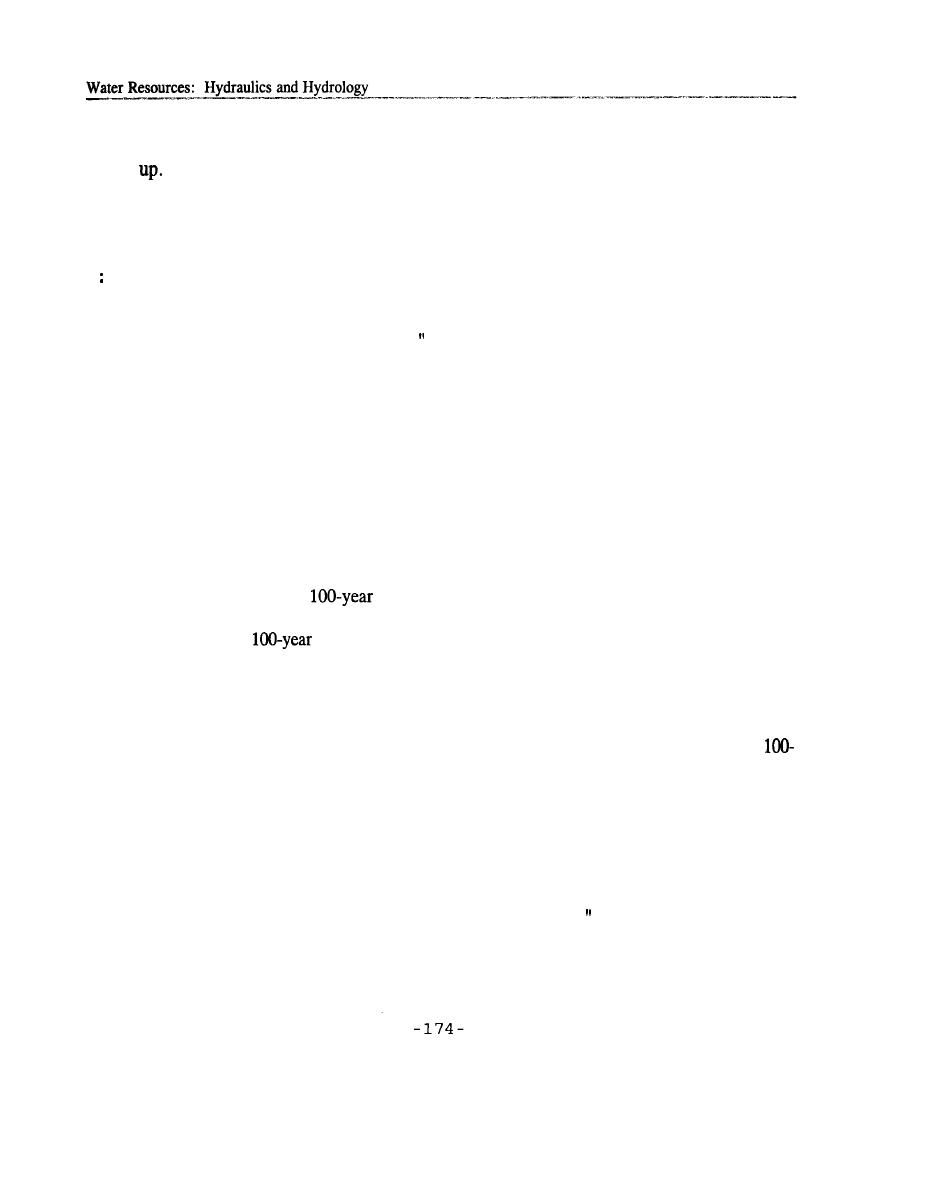
to do it. It takes a lot of time and effort, and FEMA isn't giving them enough money to
do all of the stuff that we'd like to see them do. So I don't know how it's going to come
Q ..
That's the kind of thing you were talking about though--it keeps you interested.
A
Oh yes, it`s a challenge to figure out how we're going to solve this problem, how are we
going to get together on this thing. How can you come up with convincing arguments for
doing things and give them enough information, enough evidence, to say, "Hey, this ought
to be studied and that type of thing. So it keeps you really on your toes, even after
you've been fooling around with the stuff as long as I have, you're still running into new
things that you haven't had a chance to study or look at before.
Part of it is just having data to work with. In this particular project, why we didn't have
hardly any data to work with except a few stream flows. But since the Fort Worth District
has been working on it, they've submitted the material to us with reams of basic data that
we could work with and puzzle over and try to decide what way to use it. It may be
different from the way they use it.
But in this particular basin, they have three or four counties that all have different ideas
about what they want for a floodplain. Some of the communities want to be real restrictive
and have a high, a big
flood. Others don't want to be restrictive, and they are
not going to have the flood large. One county down there passed a law and said this is
flood, even though they didn't really know how they got it. But,
going to be the
I think, they were quite a bit bigger than some of the other people. They said this is it in
our county. So you can't build anything below this level.
What we're trying to do now is, or what FEMA is trying to do, is resolve these
differences so that you don't have one flow when it's going through this county as the
year flood and then when you leave the county boundary; it jumps way up. So those are
the kind of problems you run into.
Well, they had some pretty prominent people make suggestions on how to solve the
problem. Who knows which one is right, or if any of them are right, on how to do it
because none of them had spent a great deal of time. They come up with statistical
procedures that are different than the other guy's statistical procedure and say, "Well, this
will do a better job of representing the data than the first one. How could you prove that
it does?


 Previous Page
Previous Page
